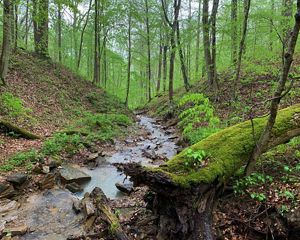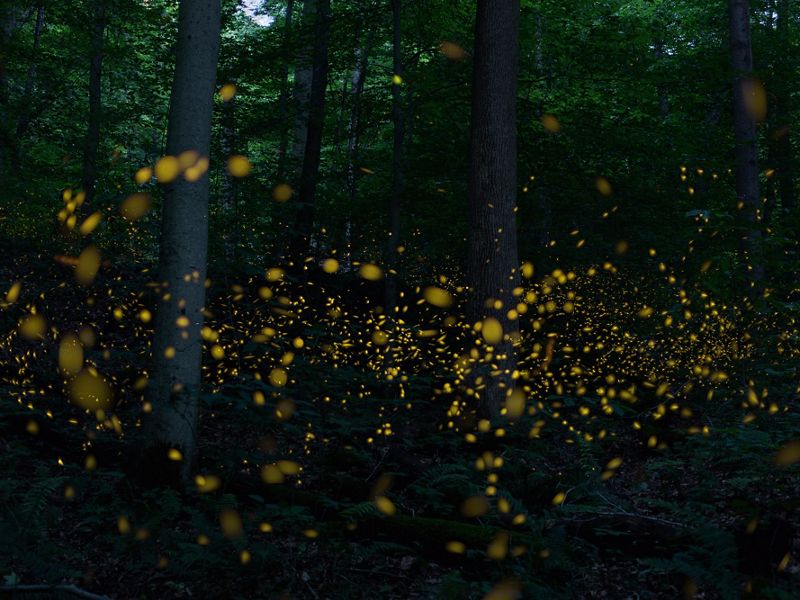
Hope for Biodiversity Rare synchronous fireflies (Phototinus carolinus) light up the night sky at TNC's Edge of Appalachia Preserve. © Danae Wolfe/TNC
Climate change and loss of biodiversity are the greatest threats to people and wildlife alike. But despite the heaviness of these twin crises, there is hope.
Here at The Nature Conservancy, we believe in the power of nature to heal and thrive, even in the face of adversity. Every day, we work to protect our most climate-resilient and biodiverse landscapes. Through restoration, we revive habitats once lost to development and degradation. Through research, we come to better understand how to help rare and endangered species thrive in Ohio. Through stewardship, we safeguard habitats for countless plants and animals. And every day, thanks to the dedication and passion of conservationists, communities and nature enthusiasts like you, evidence of these efforts shines through.
Here are ten inspiring stories of hope and renewal, showcasing our incredible efforts to protect and restore biodiversity in Ohio and beyond.
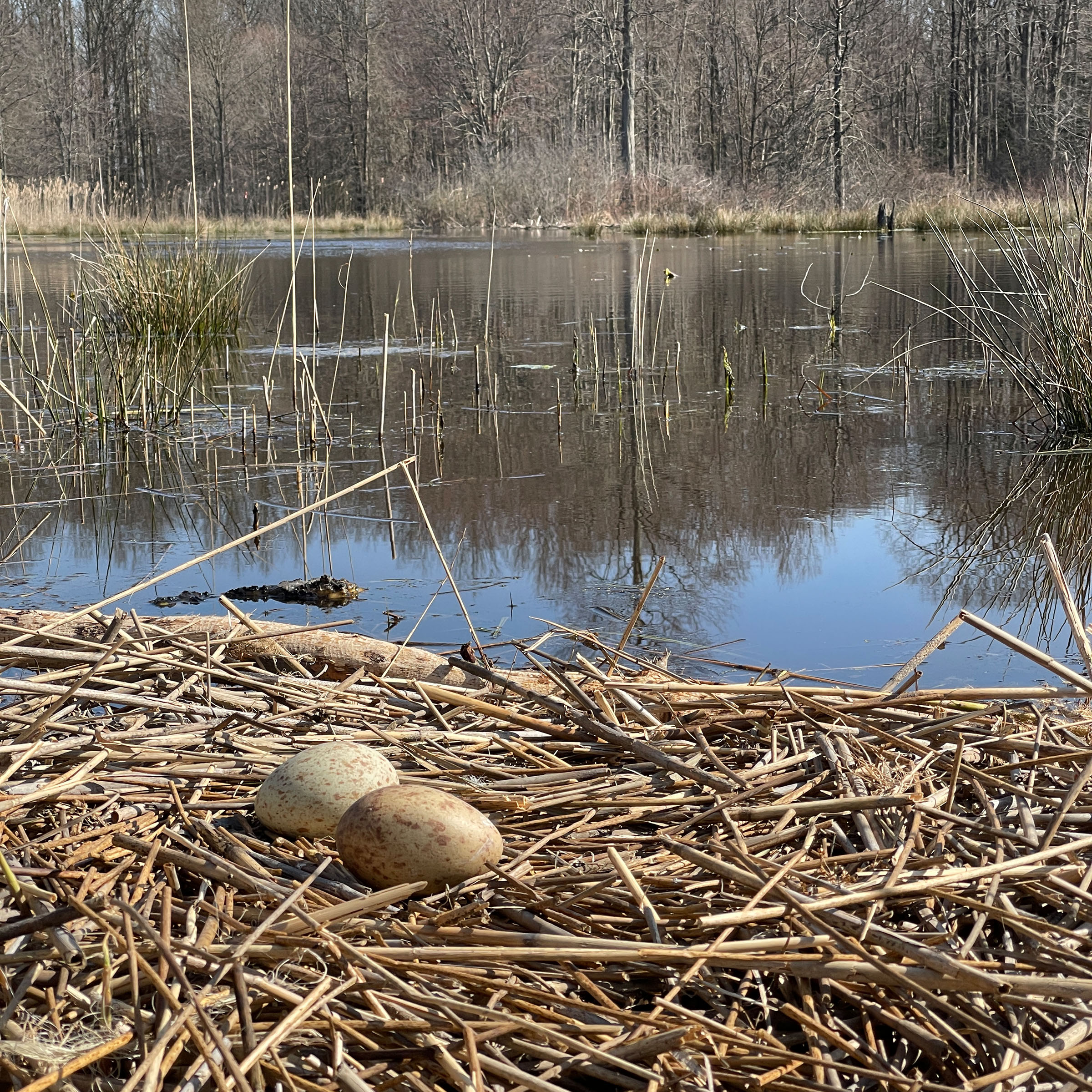
1. Breeding Sandhill Cranes Discovered
The discovery of a sandhill crane nest at Morgan Swamp Preserve offers continued hope for the threatened bird in Ohio.
Sandhill cranes have faced significant declines in Ohio due to extensive habitat loss from wetland drainage and agricultural expansion. These majestic birds require large, undisturbed wetlands for nesting and foraging and by the mid-20th century, they had altogether vanished from the state. But in 1987, the first breeding pair of cranes returned to Wayne County, and their population has been slowly expanding since then. Through focused conservation strategies, including wetland protection and restoration, TNC has played an important role in stewarding the habitats they need to thrive.
In 2023, TNC staff discovered a sandhill crane nest with eggs at Morgan Swamp Preserve in Ashtabula County, a sign that wetland protection efforts are yielding positive results. Morgan Swamp provides ideal habitat for the birds, offering the shallow waters and abundant vegetation they need to raise their offspring. And Morgan Swamp is not the only TNC nature preserve in Ohio where sandhill cranes have been observed. The aptly named Sandhill Crane Wetlands, part of Kitty Todd Nature Preserve in northwest Ohio, boasts 280 acres of newly restored wet prairie habitat. Once marginal farmland, the preserve now provides a critical stopover and breeding site for a variety of wildlife, including sandhill cranes, which are routinely spotted at the wetland.
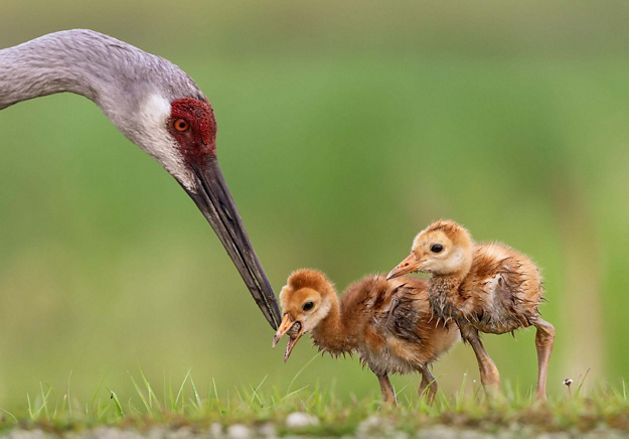
Looking for More Hope?
Enjoy more inspirational stories delivered monthly right to your inbox. Discover more conservation success stories.
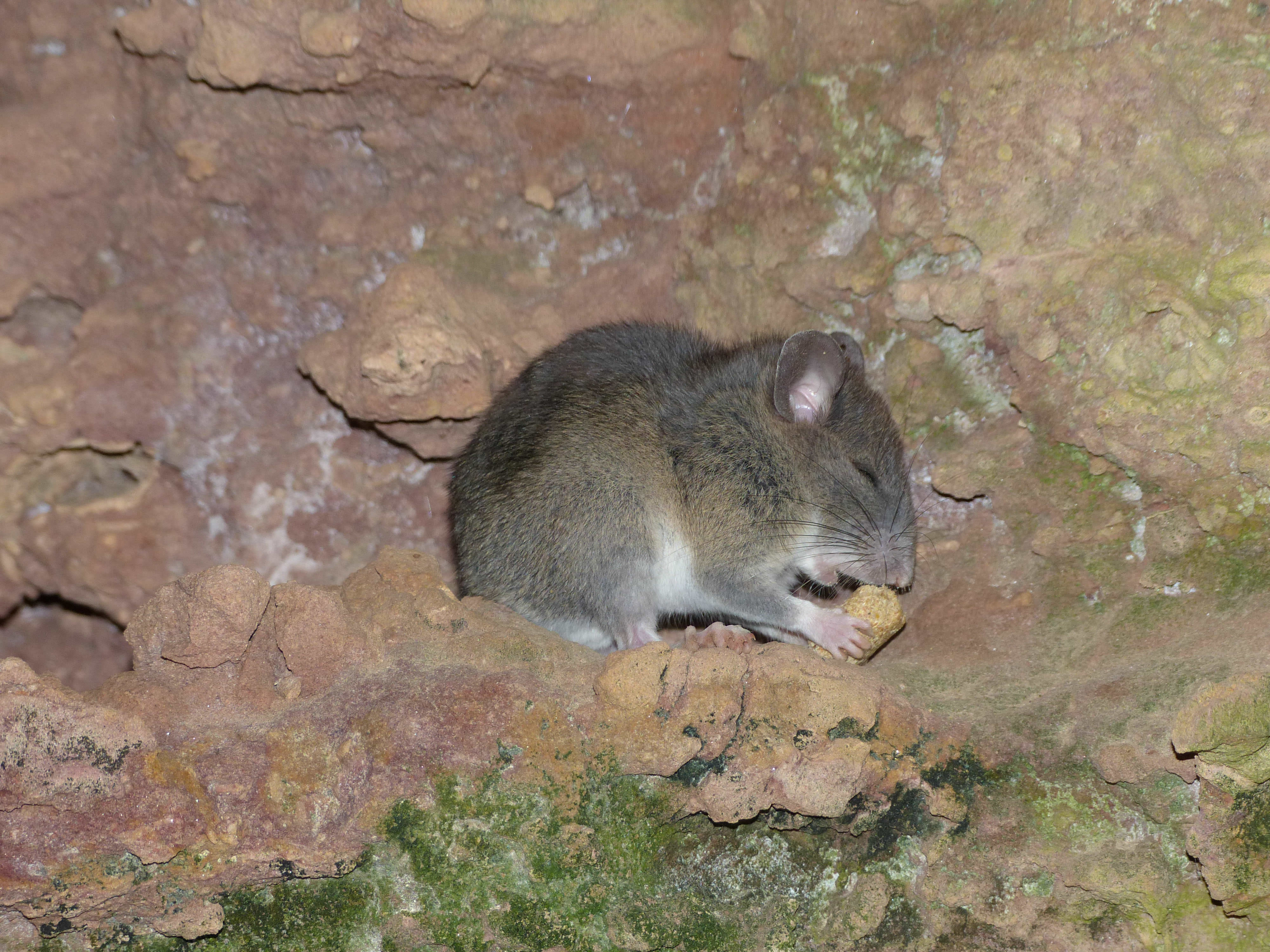
2. Allegheny Woodrats Released in Southern Ohio
TNC is working with partners to bolster the population of endangered Allegheny woodrats at Edge of Appalachia Preserve.
Endangered in Ohio, the Allegheny woodrat (Neotoma magister) is a small brownish-gray rat that lives in rocky areas around mountain ridges and cliffs. The only remaining populations in Ohio occur in Adams County at TNC's Edge of Appalachia (EOA) Preserve and adjoining properties.
For nearly 25 years, the Ohio Division of Wildlife (ODOW) has supported independent researchers and Edge of Appalachia staff in studying woodrat populations. Their research includes habitat surveys, population monitoring and genetic sampling to better understand the species’ viability. Efforts also focus on reducing the prevalence of raccoon roundworm, a parasite contributing to the woodrat’s decline, by distributing deworming baits across their range.
As part of collaborative research with Pennsylvania and Virginia, woodrats have been exchanged between the states to enhance genetic diversity among isolated populations. In September 2023, nine Allegheny woodrats from Virginia were released into Ohio’s known range, thanks to the efforts of ODOW, EOA staff, researchers and volunteers. This ongoing research aims to sustain and expand the remaining Allegheny woodrat populations in Ohio, ensuring their survival for future generations.
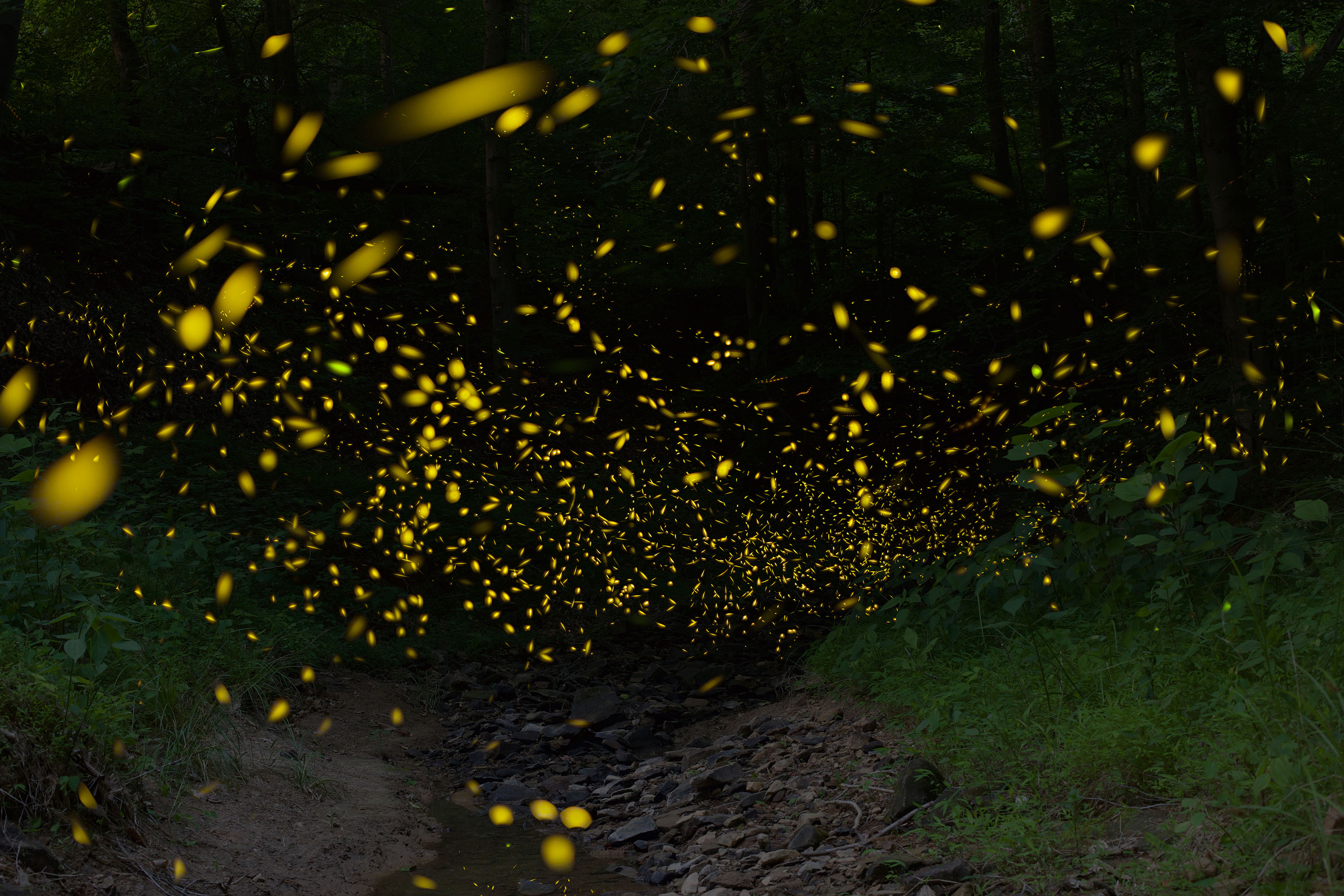
3. Rare Fireflies Illuminate Night Sky
TNC's Edge of Appalachia Preserve harbors a population of rare synchronous fireflies.
Deep within TNC's Edge of Appalachia Preserve in southern Ohio, a population of synchronous fireflies (Photinus carolinus) lights up the forest each June. The rare bioluminescent insects are noted for the coordination of their flash pattern, which they use to find a mate. Flashing six to twelve times before going dark all at once, the synchrony of the insects is not in their individual flashes, but rather in their coordinated period of darkness between flashing. All at once, the forest begins to sparkle with tiny lights. After a few moments, all is dark again before the pattern repeats—on again, off again—for several hours until the forest finally gives way to darkness.
Synchronous fireflies thrive in river valleys of mature second growth hardwood forests, like those found in the Appalachian foothills of southern Ohio. The firefly species is most notably found in the Great Smoky Mountains, where visitors travel from all corners of the world to see their light show. The discovery of the insect at the Edge of Appalachia Preserve sparks hope that land protection efforts are helping to safeguard a diversity of species.
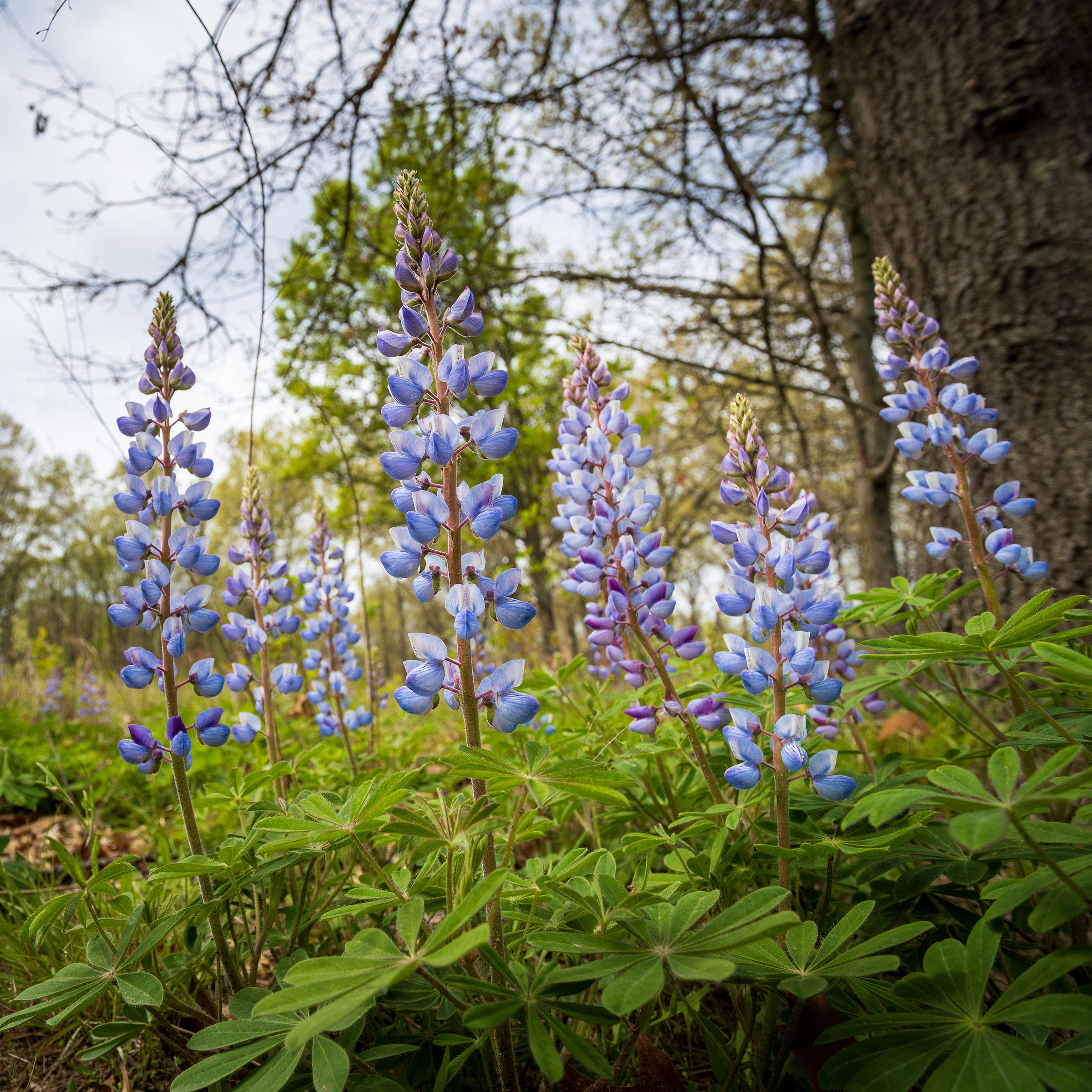
4. Prescribed Fire Revitalizes Habitat
Kitty Todd Nature Preserve blossoms to life after seeing its first prescribed burn in five years.
In spring 2024, TNC staff conducted the first prescribed fire in five years at Kitty Todd Nature Preserve in northwest Ohio, burning 33 acres of savanna and woodland habitat. Fire is helping to restore rare and threatened ecosystems, like the globally imperiled prairies and barrens found in the Oak Openings Region of northwest Ohio and southeast Michigan. The Oak Openings Region is home to one-third of Ohio’s endangered and threatened plants, and prescribed fire is an important tool in maintaining the area’s open, sandy habitats that are vital for these species to thrive by reducing the encroachment of woody vegetation and promoting the growth of native prairie plants.
By staving off the growth of woody species, the burn provided more room for herbaceous plants to grow. Among them are wild blue lupine, host plant for the federally endangered Karner blue butterfly (Lycaeides melissa samuelis), and dense blazing star, host plant for the state-endangered blazing star borer moth (Papaipema beeriana). Following the fire, staff noted a more abundant summer bloom of both wildflowers than they’ve been in years at the burn site. Other native flowering plants that are responding very well to the fire include sessile-leaf bellwort, colicroot, blue-eyed grass, yellow-eyed grass and grass pink orchids.
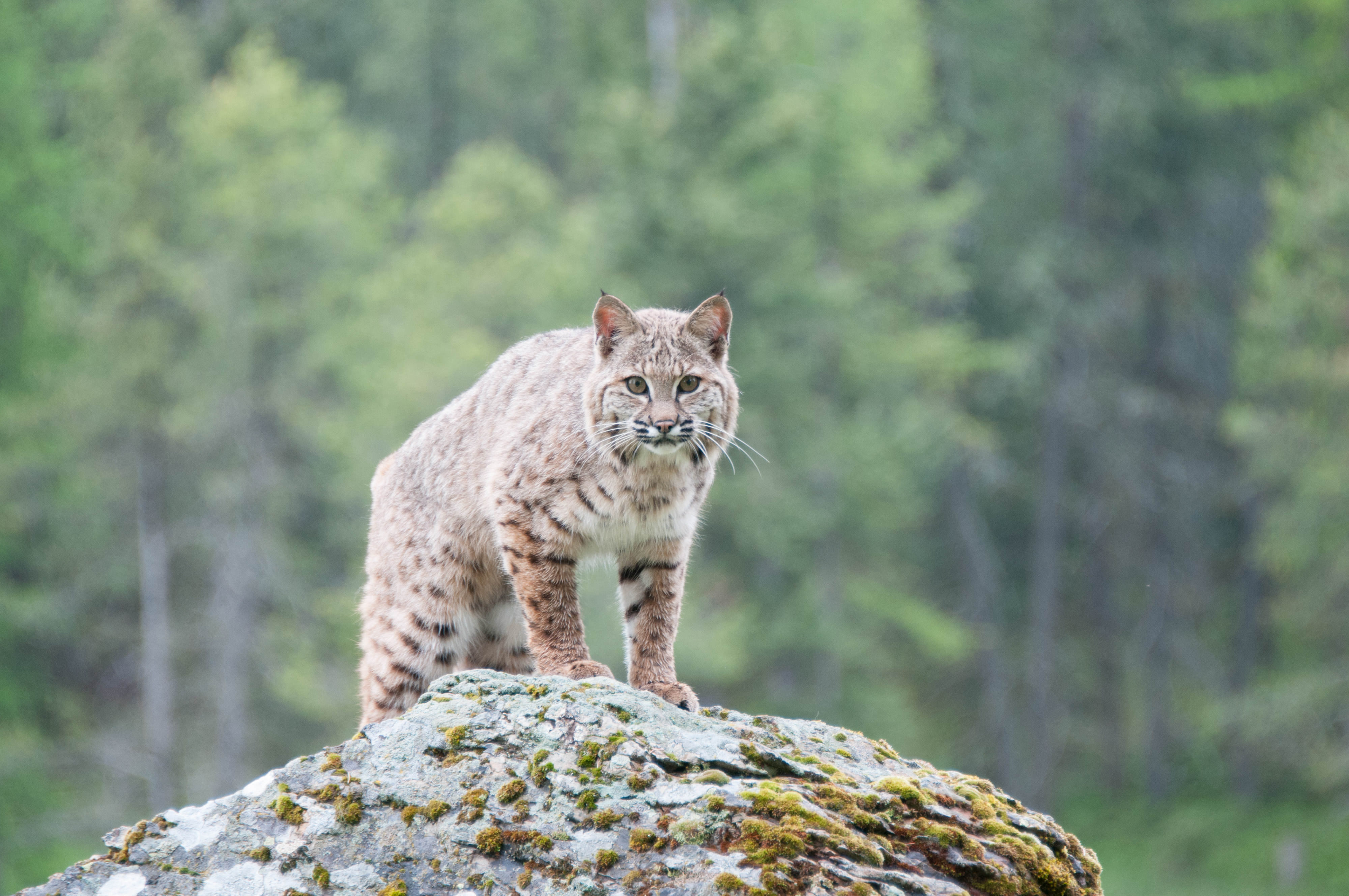
5. Bobcat and Black Bear Populations on the Rise
As fragmented habitats are reconnected, bobcat and black bear sightings are increasing across Ohio.
Historically, black bears and bobcats roamed Ohio’s forests, but by the mid-1800s both were extirpated from the state due to habitat loss and unregulated hunting. Today, black bears and bobcats are making a comeback thanks to land protection efforts in places like TNC’s Morgan Swamp Preserve in northeast Ohio and Edge of Appalachia Preserve in southern Ohio.
Recognizing the need to restore these critical habitats, TNC and partners are protecting and reconnecting large tracts of forestland throughout Ohio. One significant effort is TNC’s work to connect the more than 20,000-acre Edge of Appalachia Preserve System with the 63,000-acre Shawnee State Forest. Connecting these large areas of protected land will provide a continuous corridor for black bears, bobcats and other wildlife that depend on large contiguous tracts of forest, facilitating their movement and increasing their chances of survival.
Both black bear and bobcat sightings are increasing in Ohio, offering a hopeful sign that conservation efforts are paying off. In 2022, Ohio had 285 confirmed sightings of black bear across 52 counties, up from 176 sightings in 2019. Similarly, from 2019 through 2021, bobcat sightings crested 500 verified reports each year, demonstrating that the species is making a comeback. And thanks to land protection efforts from private woodland owners, hope for improved habitat management for black bears and bobcats in Ohio is growing.
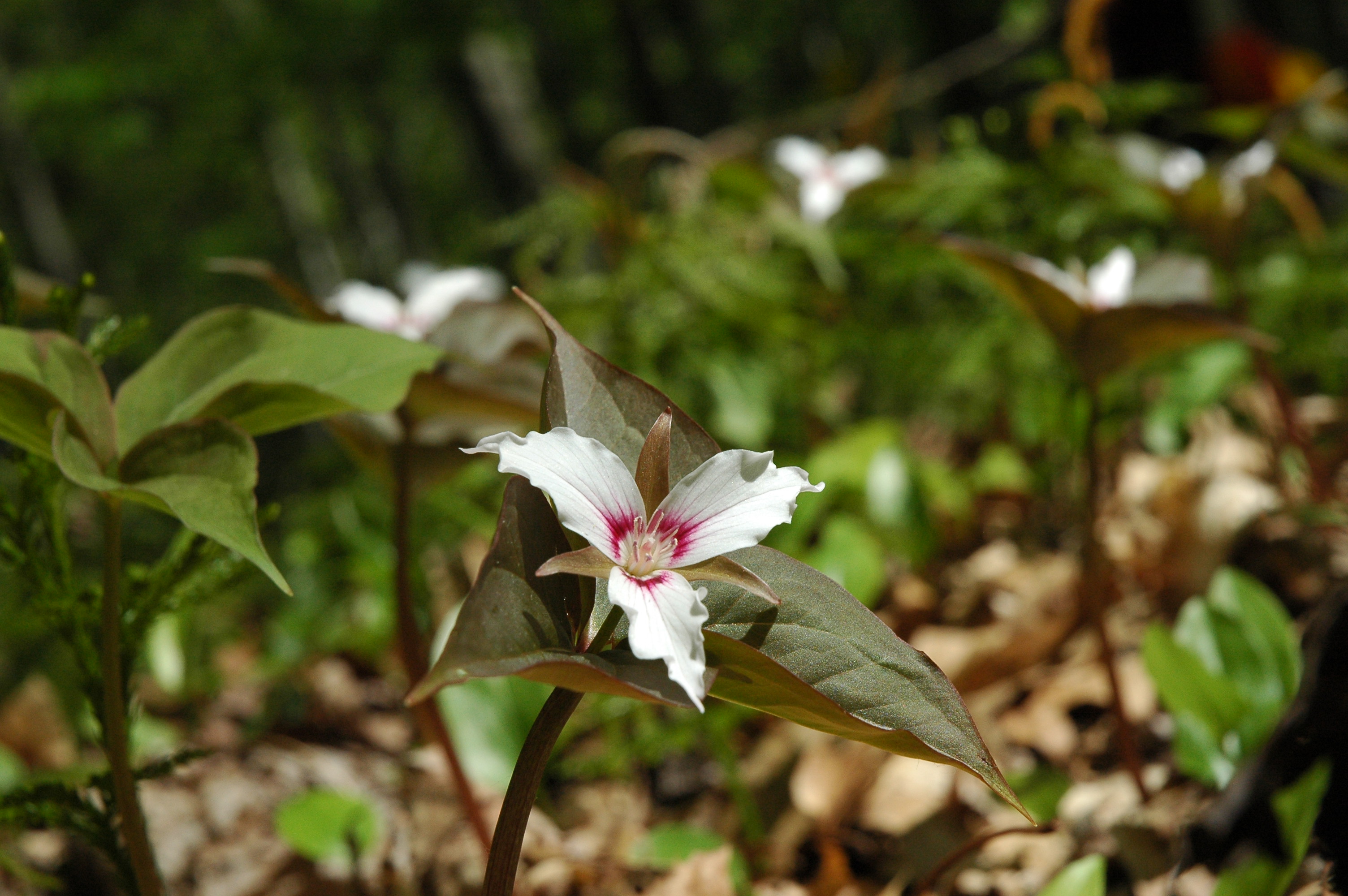
6. Endangered Wildflowers Rebound
Thanks to protection efforts, painted trillium and lesser twayblade are making a comeback at Morgan Swamp Preserve.
Of the eight species of trillium that naturally occur in Ohio, painted trillium (Trillium undulatum) is the rarest and perhaps most beautiful. So named for the splash of pink at the flower’s center, painted trillium is state-endangered. But the acidic soils of the hemlock forests at TNC’s Morgan Swamp Preserve provide ideal habitat for the spring-blooming flower. The preserve boasts the largest number of the rare flower in the state and TNC staff are working to ensure that the plant continues to thrive. Eight years ago, staff constructed a large deer exclusion fence around populations of painted trillium, and annual spring monitoring events have shown an increasing number of flowering individuals each year.
Painted trillium isn’t the only wildflower staff are working to protect at Morgan Swamp. For 80 years, the lesser twayblade orchid (Neottia cordata) was locally extinct in Ohio until its rediscovery in the hemlock forests at the preserve in 2013. Today, the preserve is the only known area where this rare plant can be found in the state. Like painted trillium, lesser twayblade orchid is reliant on the eastern hemlock to maintain the habitat needed for its survival. In 2022, TNC conservation staff counted 1,600 individual plants with over 600 in flower. Staff plan to continue monitoring and protecting the endangered wildflower from encroachment of invasive species and deer browse.
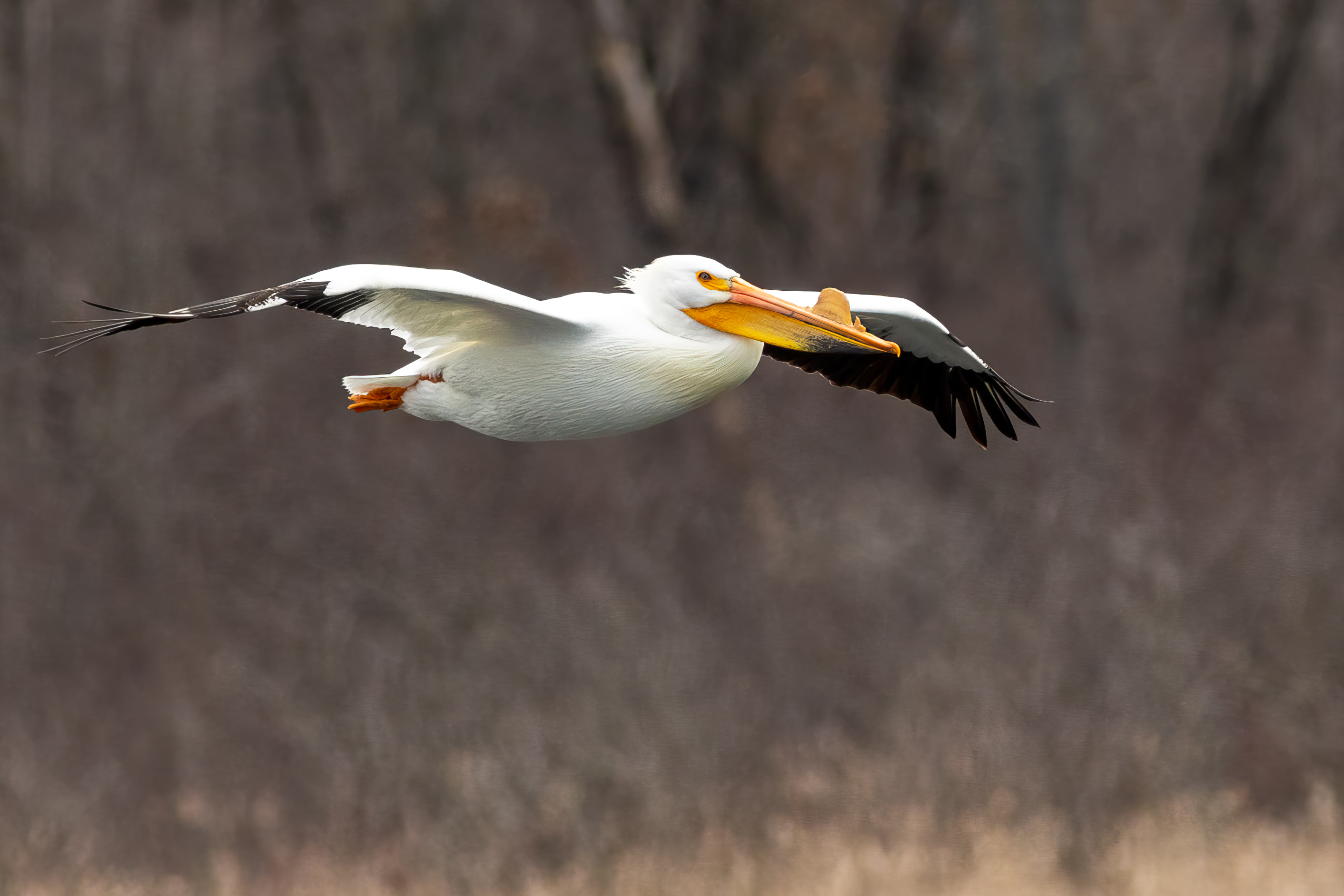
7. White Pelicans Return to Lake Erie
In 2023, white pelicans were recorded nesting in Ohio for the first time.
During a project visit to Sandusky Bay in summer 2024, TNC staff were thrilled to spot American white pelicans soaring over the Pickerel Creek Wildlife Area. Once a rare sight this side of the Mississippi River, these majestic birds are returning to the shores of Lake Erie more frequently. And in 2023, the Ohio Division of Wildlife recorded pelicans nesting in Ohio for the first time.
In the 1800s, white pelicans were rare visitors to Ohio’s major water bodies. But by the early 20th century, their population had significantly declined due to habitat loss, extensive hunting for sport and the mistaken belief that they harmed fisheries. From 1920 to 1980, white pelican visitation remained very low, with most sightings occurring around Lake Erie. However, the 1980s marked an increase in sightings, and since then, white pelicans have been observed in growing numbers each year.
White pelicans breed on isolated islands in freshwater lakes or in shallow wetlands. Within the last few years, individual birds and small flocks have been spotted throughout Ohio around lakes, wetlands and larger rivers—largely thanks to clean water protections and wetland restoration projects like those TNC and partners are coordinating at Sandusky Bay.
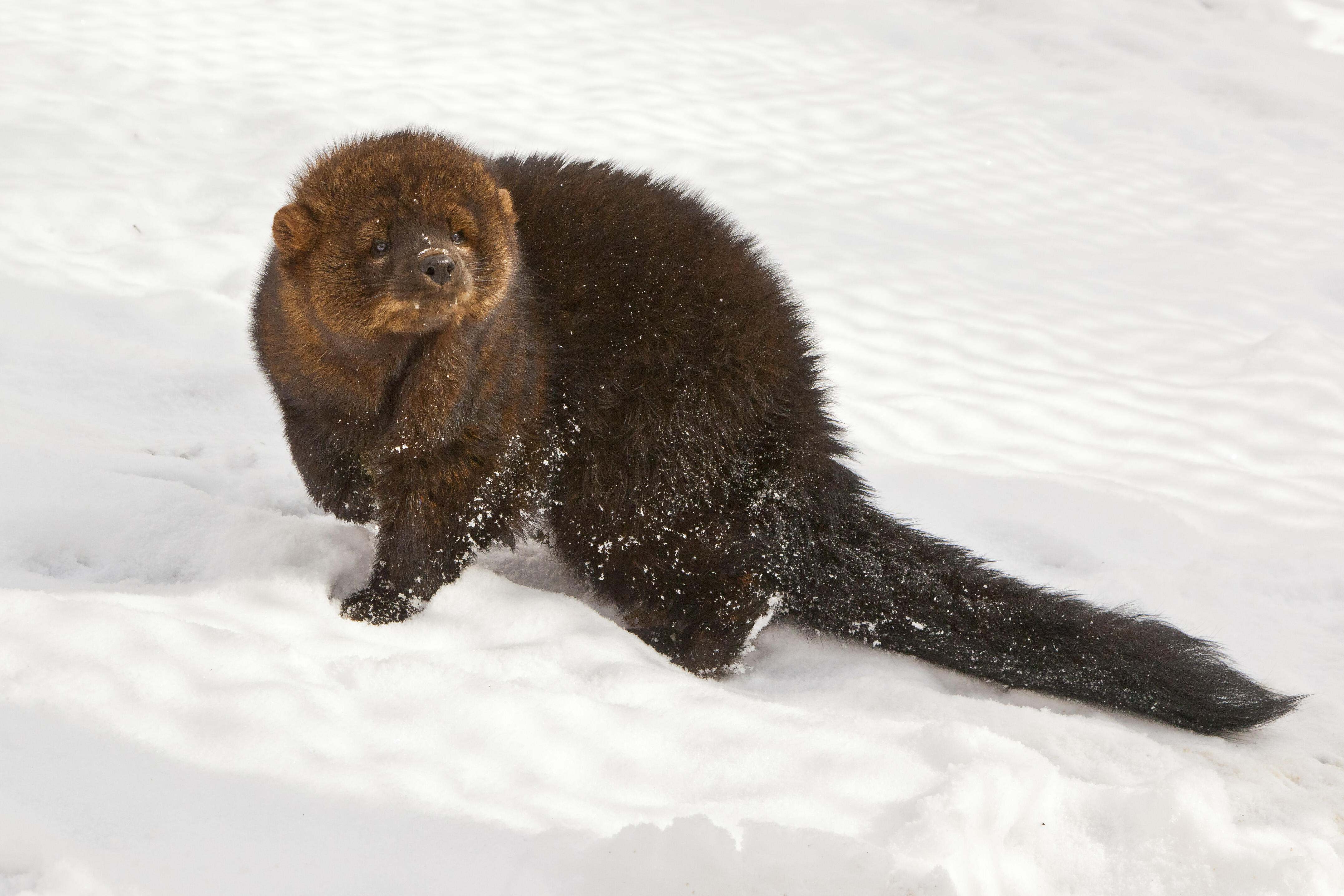
8. Fishers Spotted in Northeast Ohio
In 2022, an elusive fisher was captured on a trail cam at Morgan Swamp Preserve.
After nearly 200 years of extirpation in Ohio, fishers (Pekania pennanti) were first spotted in the Buckeye state in 2013. Since then, confirmed sightings have grown to around 40. And in 2022, the elusive mammal was caught on a trail camera at TNC’s Morgan Swamp Preserve.
A member of the weasel family, fishers are medium-sized, carnivorous mammals known for their sleek, dark fur and agile climbing abilities. Historically, they thrived in the dense forests of Ohio, relying on large tracts of contiguous woodland and abundant prey. However, by the mid-1800s, habitat loss and unregulated hunting led to their disappearance from the region.
Seeing fishers at Morgan Swamp is a great indicator for the recovery of northeast Ohio’s forests. With its extensive forested wetlands and rich biodiversity, Morgan Swamp boasts more than 2,000 acres of habitat and provides the dense cover and diverse prey base that fishers need to survive and reproduce. In time, TNC hopes that the animal will one day become a permanent resident of the preserve.
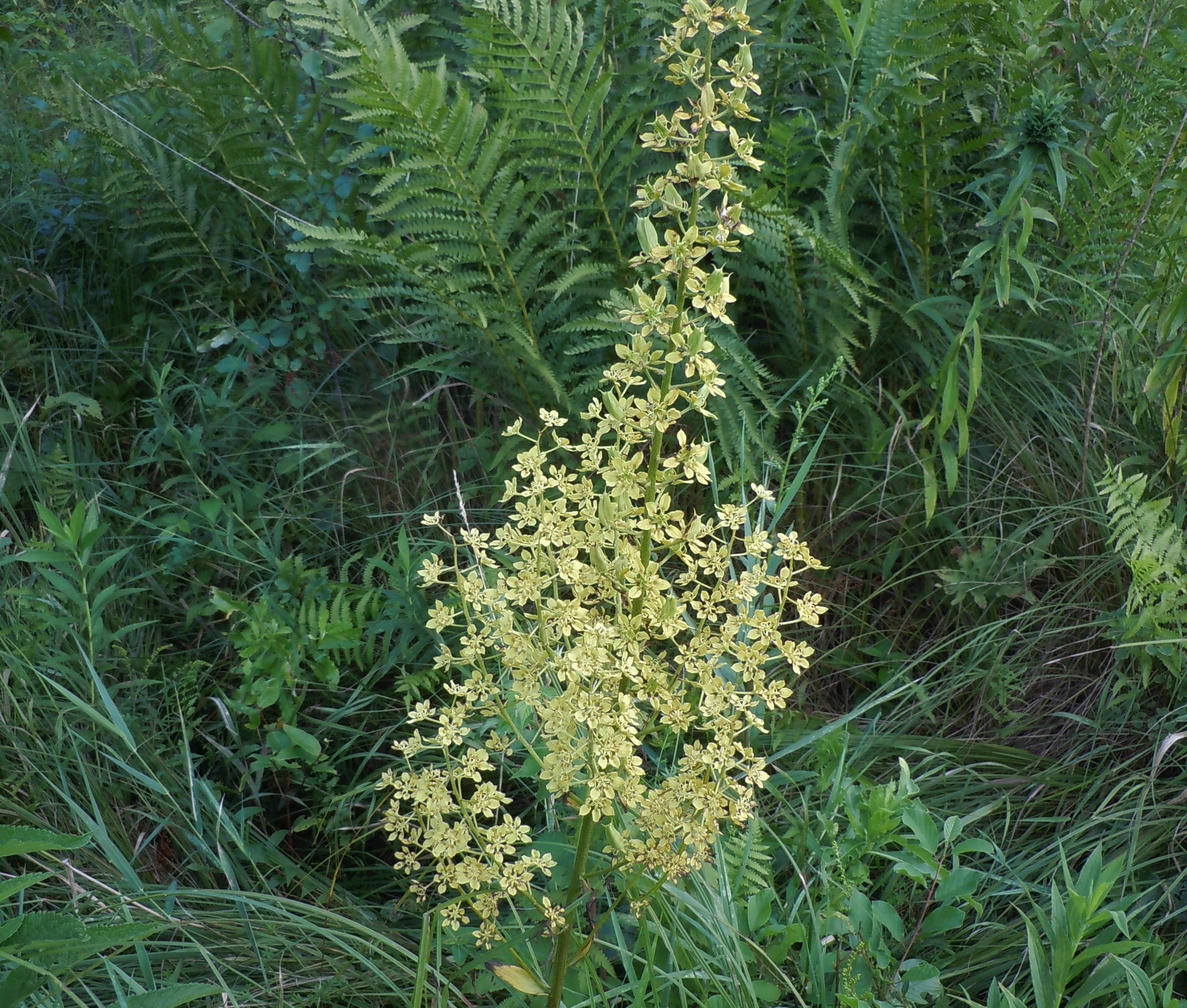
9. Habitat Stewardship Helps Wildflower
Managing woody invasives is helping state-threatened bunchflower rebound at Herrick Fen Nature Preserve.
Throughout the last few years, TNC has been working at Herrick Fen Nature Preserve in Portage County to manage habitat for the state-threatened Virginia bunch flower (Melanthium virginicum). With tall stalks and clusters of greenish-yellow flowers, the wet prairie plant needs open canopy and plenty of sunlight to survive and reproduce. Unfortunately, encroachment of invasive species, like buckthorn, threatens the wildflower by shading out the fen habitat.
With the help of Ohio Natural Areas Preserves Association, TNC has been managing buckthorn at Herrick Fen, along with native woody shrubs and trees, to create the open canopy that bunch flower needs to thrive. And yearly monitoring efforts are showing that bunch flower is making a comeback thanks to these habitat management efforts. In spring 2022, TNC staff counted around 200 individual plants, with only one single specimen in flower. In spring 2024, staff counted 253 individual plants, with 12 plants in flower. And bunch flower isn’t the only species benefitting from habitat stewardship. The preserve harbors more than two dozen state-listed species, including tamarack, round-leaved sundew, bayberry, small fringed gentian and autumn willow.
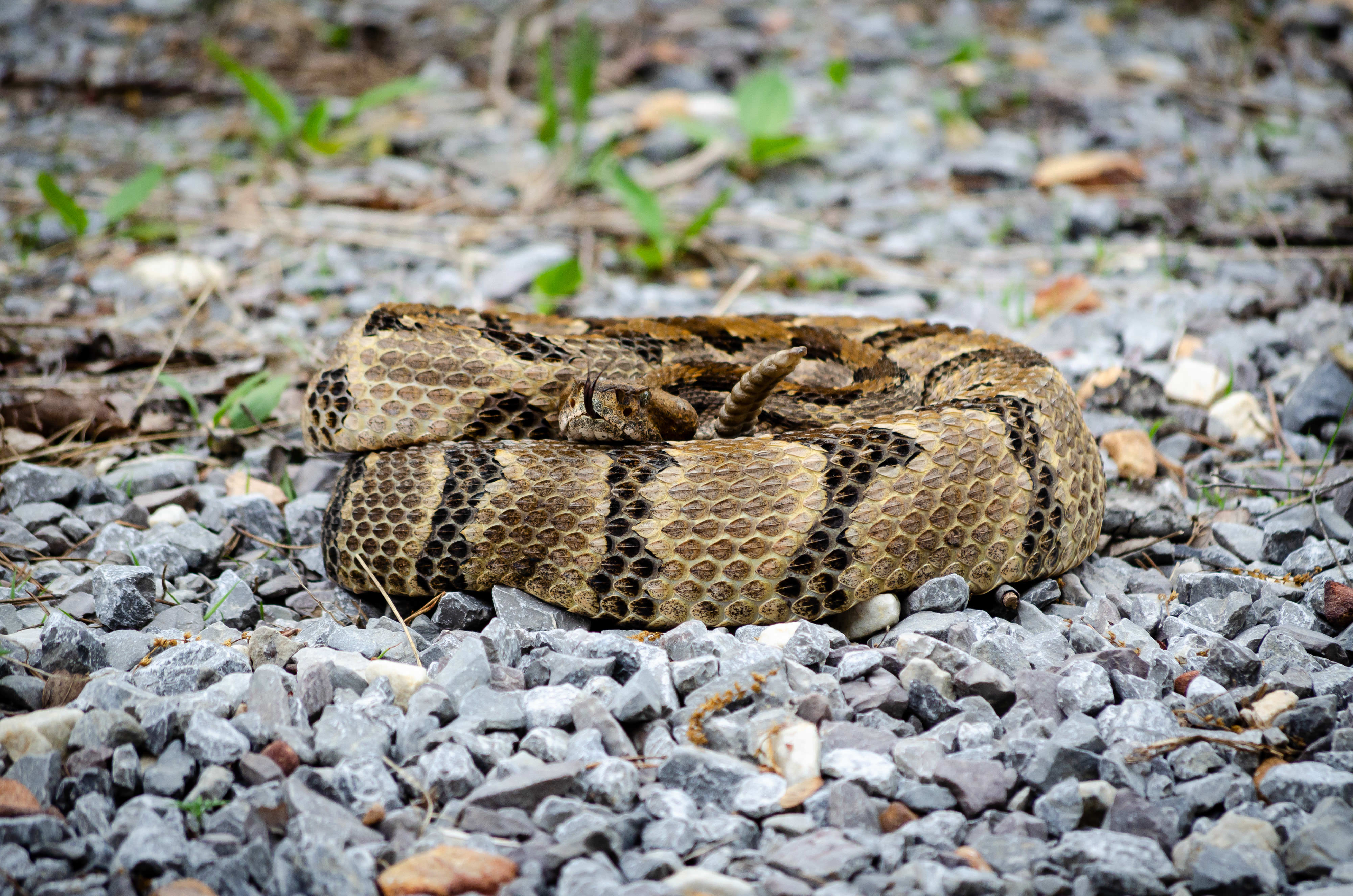
10. Land Protection Helps Endangered Snake
Research has revealed that populations of timber rattlesnake are larger than expected at Edge of Appalachia.
Timber rattlesnakes (Crotalus horridus) originally inhabited 24 of Ohio’s 88 counties, but deforestation, loss of den sites and hunting have driven populations down to just a few pockets in eight counties in the southern part of the state. Today, the species is endangered in Ohio. While the Edge of Appalachia Preserve boasts ideal habitat for the snake, few have been observed or reported in the 50 years since staff started working in the area.
Since 2019, Edge of Appalachia staff have been working with local researchers and naturalists, John and Vince Howard, with support and guidance from state herpetologist Doug Wynn, to better understand timber rattlesnake populations at the preserve. Using fitted telemetry devices to monitor common snake species, like gray rat snakes, eastern copperheads and northern black racers, has helped researchers locate den sites of timber rattlesnakes, since the snakes are known to share dens. This research has shown that southern Ohio’s protected lands support a greater number of timber rattlesnakes than was originally known or expected. As research continues, staff hope to better understand the density and range of the endangered snake, which will help inform future land protection efforts in the region.
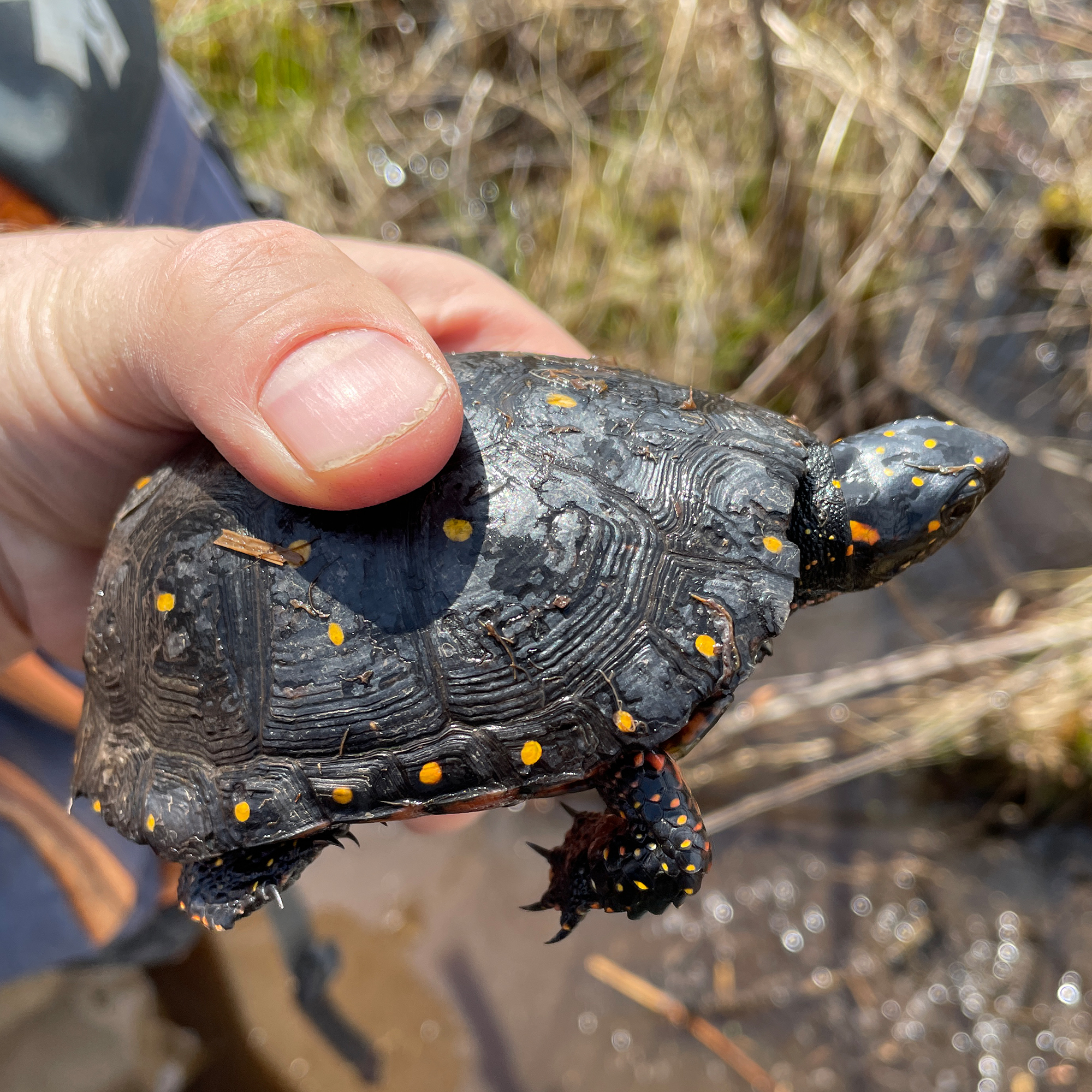
11. Wetland Protection Helps Spotted Turtles
In spring 2023, two state-threatened spotted turtles were captured at an Ohio nature preserve.
In spring 2023, Greg Lipps, amphibian and reptile conservation coordinator in The Ohio State University’s Ohio Biodiversity Conservation Partnership, along with a crew of OSU researchers, successfully trapped two state-threatened spotted turtles (Clemmys guttata) at a nature preserve in Ohio, marking the first ever observations from the preserve.
Spotted turtles inhabit shallow herbaceous wetlands, which have become increasingly rare in Ohio. So too, have the habitat corridors that the highly mobile reptiles need as they move from one wetland to another to forage or find a mate. These habitats, which support many rare and endangered species, are prone to succession. Without disturbance that prevents the growth of woody species, wetlands transition to scrub-shrub and eventually to forest. But TNC staff members are working to set back the clock on succession through routine disturbance like mowing and invasive species management. And beavers are lending a helping hand by felling trees and keeping the wetlands intact. The occurrence of spotted turtles at the nature preserve is evidence that stewardship activities are certainly paying off.

